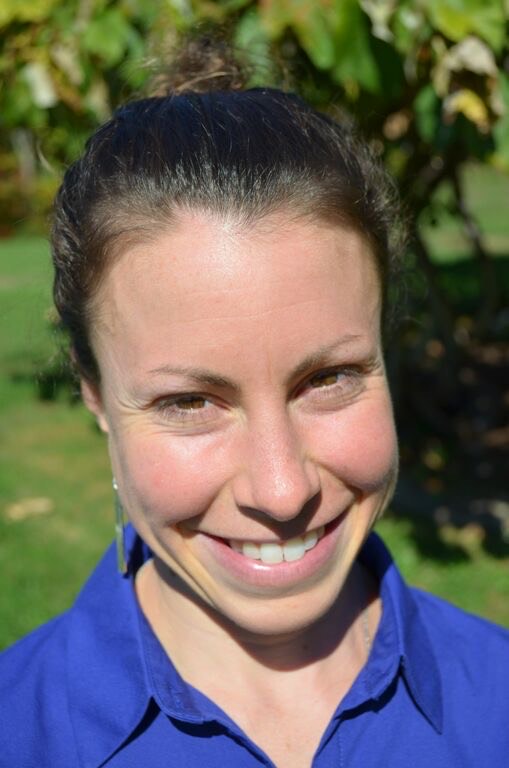Does exercise affect hair growth?
Healthy hair can be affected by a number of factors. We ask a a hair transplant surgeon, 'does exercise affect hair growth?'
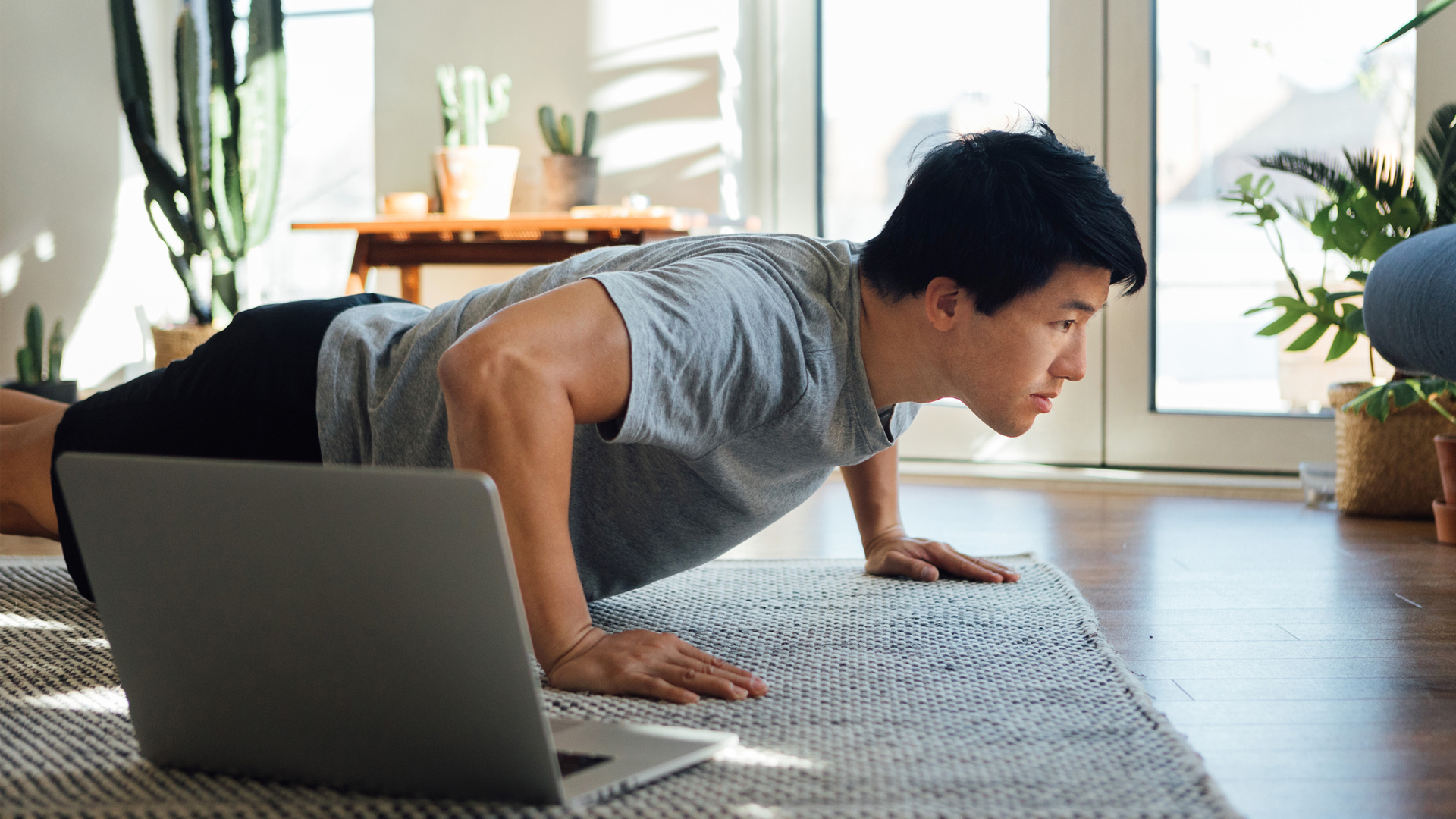
There are many fantastic health benefits of exercise, but does exercise affect hair growth? It may seem unlikely that your workout would be able to provide protection against the seemingly inevitable hair loss associated with aging, but there may be some link.
For one, exercise increases blood circulation and oxygen in blood cells, which benefits hair follicles. This can allow the growth phase of hair to be longer. Exercise can also reduce stress, which is one of the factors involved in hair thinning.
So if you’ve been anxiously noticing a thinning of your lustrous locks, keep reading. We spoke to Dr. Fuat Yuksel, a hair transplant surgeon who works with patients battling hair loss, about how hair growth works, and whether hopping on one of the best treadmills or exercise bikes can or can’t make a difference.
Does exercise affect hair growth?
Unfortunately, there’s been very little scientific research to date on the effects of exercise on hair growth. However, by understanding the process of hair growth, and the factors that can promote normal hair growth, it’s reasonable to hypothesize that consistent exercise can potentially support healthy hair growth.
Before we delve into the potential mechanisms by which exercise can increase hair growth, it’s helpful to understand a few basics about hair growth in general.
Hair grows through alternating a cycle that involves stages of rapid growth and elongation of the hair shaft, and periods of regression driven by apoptotic signals.
The hair growth cycle can be divided into three distinct phases:
- Anagen: The anagen phase is the active growth phase where the hair shaft sprouts from the follicle. This phase may last for several years.
- Catagen: This is the transition phase where the hair stops growing, and actually regresses, losing about one-sixth of the diameter of each hair shaft. Additionally, club hairs, or short, stubby hairs can form, which are then often shed, giving the appearance of hair thinning. Factors that increase the formation and shedding of club hair include hypothyroidism, hyperthyroidism, stress and vitamin deficiencies.
- Telogen: This is the resting phase where growth does not occur.
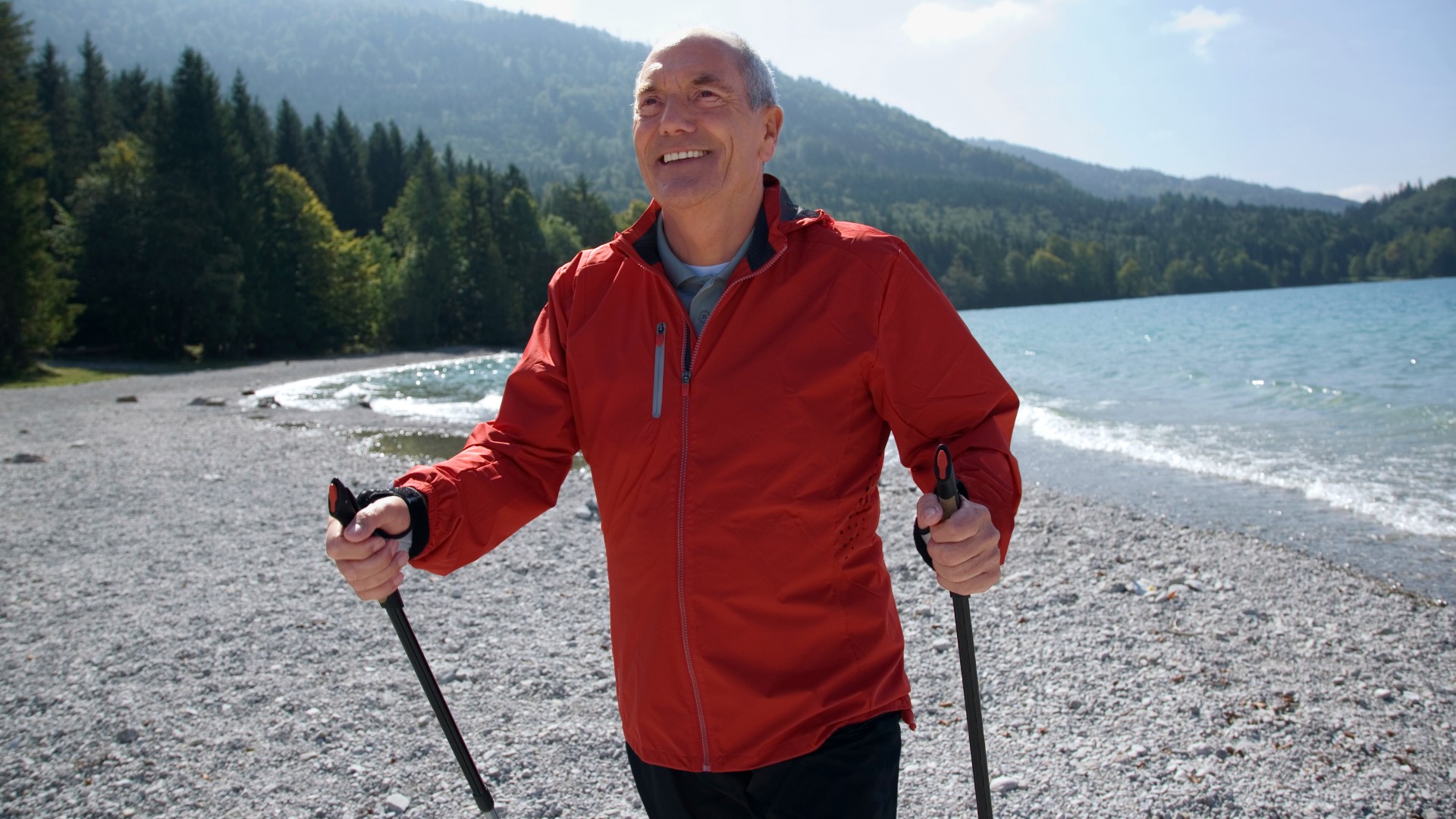
So, how might exercise increase hair growth? Dr. Yuksel says that exercise will always have a positive effect on your hair growth because it has a positive effect on your overall health.
“Your hair follicles will benefit from increased blood circulation and increased oxygen in the blood cells,” explains Dr. Yuksel. “Healthy hair follicles will allow your growth phase [anagen phase] to be longer. Therefore, the hair will have more time to grow.”
Additionally, exercise can reduce stress, and because stress is one of the factors in the catagen phase that can cause hair thinning, consistent exercise may prevent hair loss.
How much exercise do you need to do to stimulate hair growth?
It’s unrealistic to think that a single run or a couple of yoga classes will suddenly reverse hair loss and cause a bunch of new hair strands to sprout, but Dr. Yuksel says the typical guidelines for physical activity levels are sufficient.
The Centers of Disease Control and Prevention (CDC) states that adults should aim for 150 minutes of moderate-intensity aerobic exercise or 75 minutes of vigorous-intensity aerobic exercise per week, which Dr. Yuksel says is enough to support a healthy hair growth cycle.
What type of exercise will have the biggest effect on hair growth?
Interestingly, not all types of exercise are equal when it comes to promoting hair growth. Dr. Yuksel says strength training geared towards hypertrophy is not as good as any sort of aerobic or cardio exercise. This distinction is due to the effect of hypertrophy training on testosterone.
“Muscle growth is directly linked to testosterone, and having high levels of testosterone, including DHT (Dihydrotestosterone), shrinks your hair follicles and shortens the cycle of hair growth,” says Yuksel.
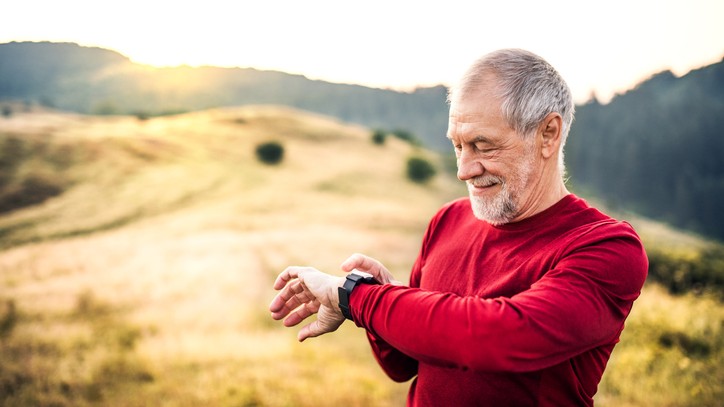
When it comes to strength training, Dr. Yuksel says multi-joint exercises that engage larger muscle groups, such as squats, deadlifts, and lunges, increase testosterone most.
“This may worsen genetic hair loss. However, exercise also reduces stress hormones and improves how the body responds to stress,” he adds. “You might see a positive effect from resistance training if you have been experiencing stress-related hair loss.”
Dr. Yuksel adds that taking steroids on top of resistance training is a recipe for hair loss, so you should avoid these drugs at all costs.
Can exercise cause hair loss?
The good news is that even if you’re pumping iron several days per week to build muscle, exercise won’t directly cause hair loss.
“You won't go bald just by exercising,” affirms Dr. Yuksel. “Hair loss can be caused by a number of factors, including lifestyle, genes, hormone levels, and medicines, such as antidepressants.”
He further explains that hair loss can be classified into two types: permanent and temporary. Most permanent hair loss is a product of your genetic predisposition, whereas hair loss caused by lifestyle choices is usually temporary and can be reversed by improving your general health.
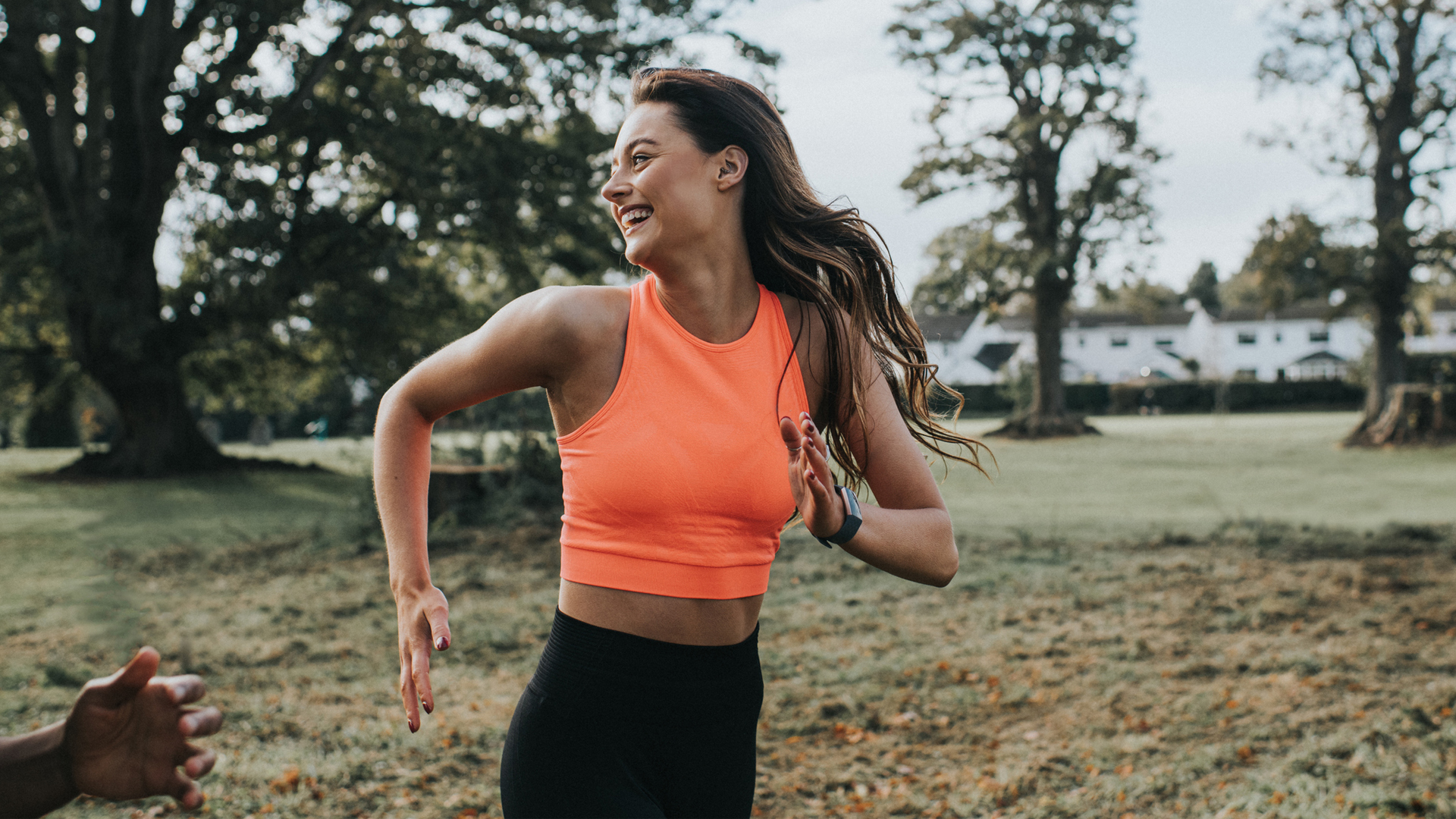
Additionally, although Dr. Yuksel says hair loss is not associated with marathon running or any other intense endurance training, it can be affected if you aren’t taking care of your body to support your training.
“Athletes failing to meet their nutritional needs for such training could result in loss of hair due to a lack of iron, vitamins, and other minerals,” he notes.
- Read more: Best multivitamin for women
Other factors that can affect hair growth
In addition to exercise, following a healthy lifestyle, such as getting enough sleep, not smoking and eating a nutrient-dense diet can promote hair growth.
Hair growth is contingent upon getting an adequate total caloric intake. Prolonged dieting, especially in conjunction with insufficient protein consumption, causes the body to shut down hair cell turnover.
Moreover, there are several other nutrients vital for keeping hair follicles healthy and stimulating new hair growth, such as folate, beta carotene, iron, biotin, zinc, vitamin C, B-vitamins and omega-3 fatty acids.
Finally, Dr. Yuksel says that leaving sweat on your hair after exercise can also make a difference. “Hair can become blocked and weak if sweat stays on the head for a long time,” he explains. “Showering after exercise will prevent this.”
Sign up for the Live Science daily newsletter now
Get the world’s most fascinating discoveries delivered straight to your inbox.
Amber Sayer is a fitness, nutrition, and wellness writer and editor, and contributes to several fitness, health, and running websites and publications. She holds two masters degrees—one in exercise science and one in prosthetics and orthotics. As a certified personal trainer and running coach for 12 years, Amber enjoys staying active and helping others do so as well. In her free time, Amber likes running, cycling, cooking, spending time outside, and tackling any type of puzzle.
